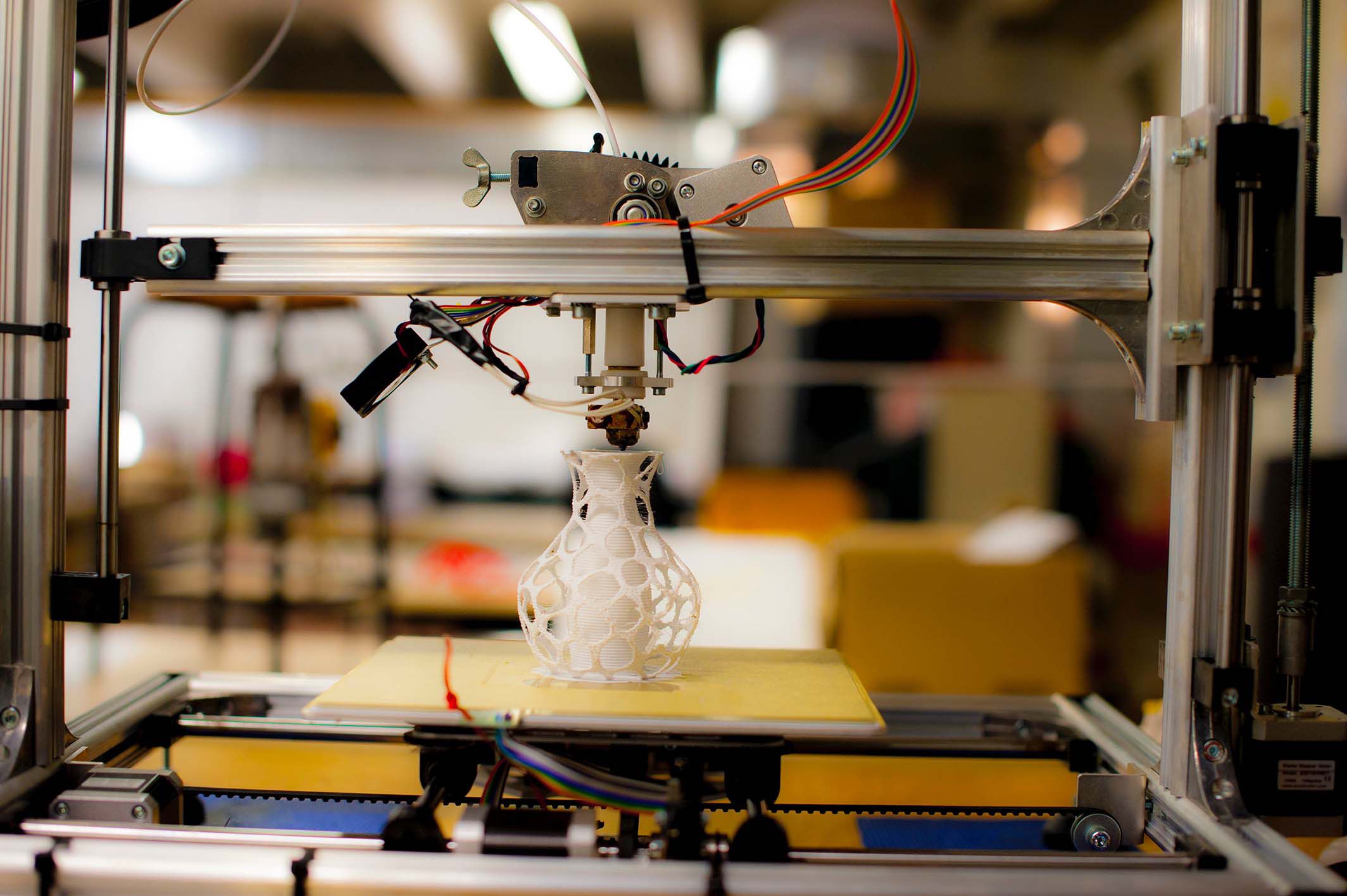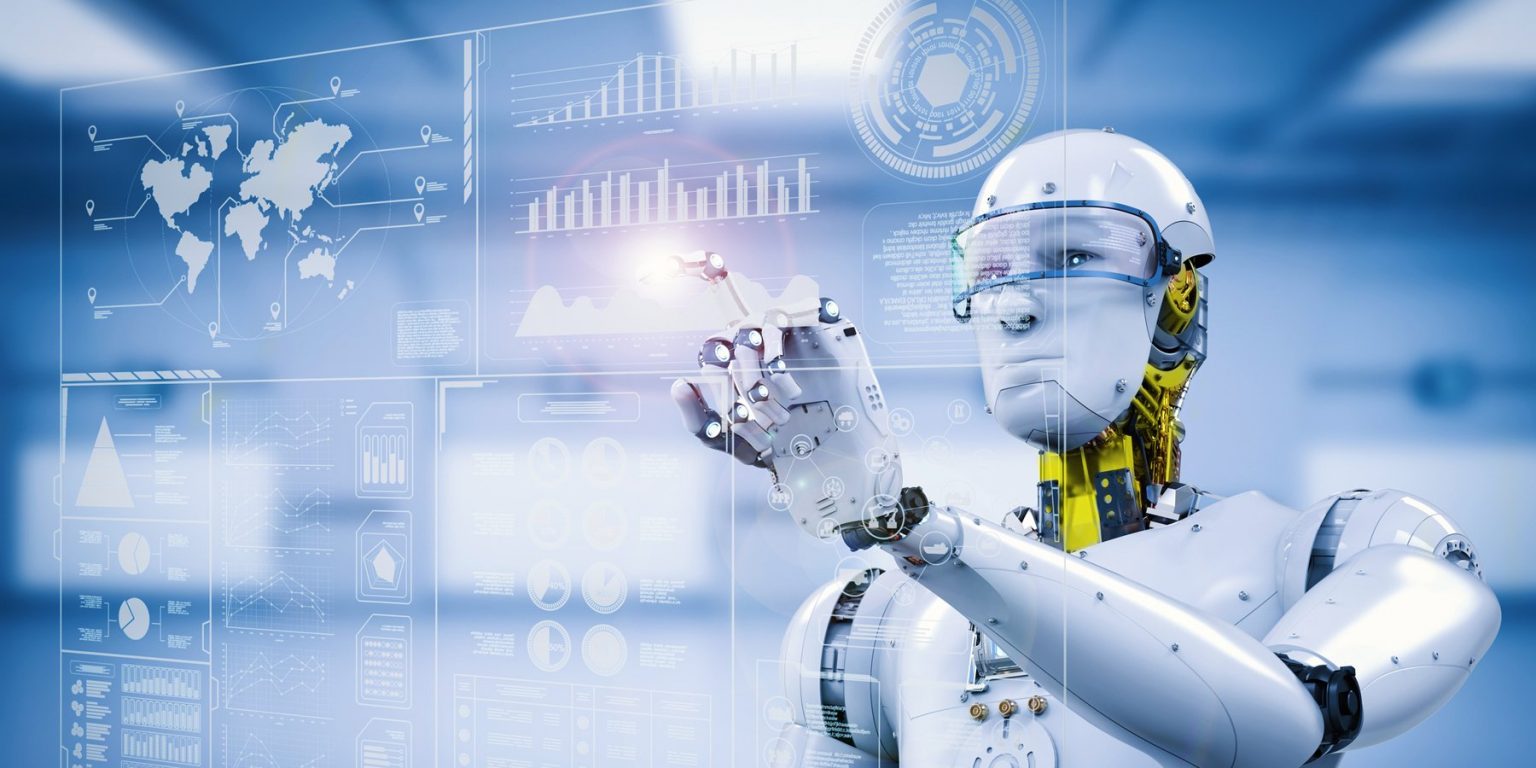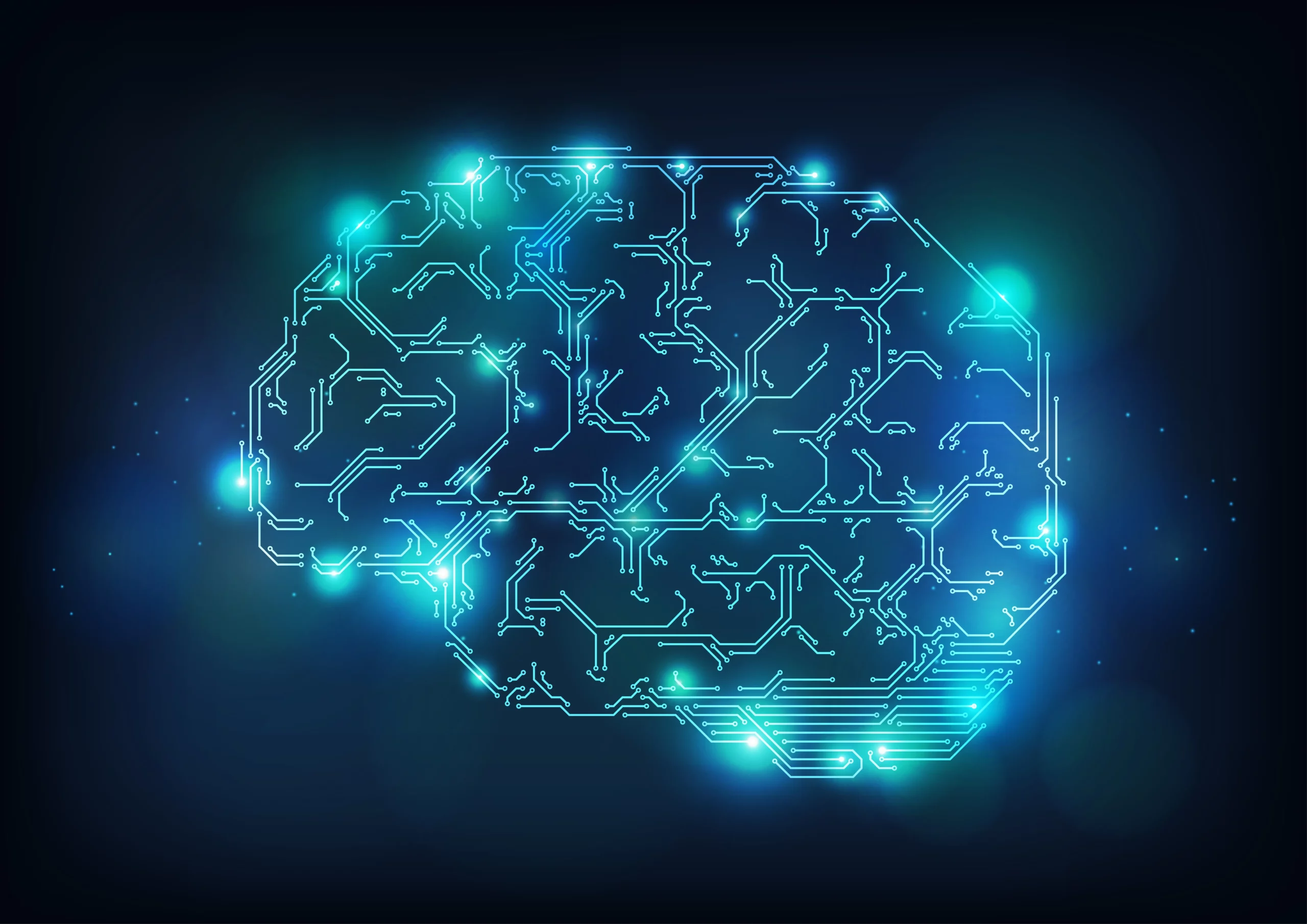Facial recognition technology has been on the rise in recent years, with companies and governments using it for everything from security and surveillance to marketing and social media. While some see it as a powerful tool for identifying individuals and preventing crime, others are concerned about its potential for abuse and violation of privacy. In this post, we’ll explore the pros and cons of face recognition technology, and the ways in which it is being used today.
1. The Pros of Face Recognition Technology
Facial recognition technology has a number of potential benefits, including:
- Enhanced security:
Face recognition technology can be used to identify individuals in real-time, allowing for more effective security measures in public spaces like airports and sports stadiums. It can also be used to secure sensitive areas like government buildings and financial institutions. - Faster identification:
With facial recognition, individuals can be identified quickly and accurately, even in large crowds or fast-moving situations. This can help law enforcement agencies to track down suspects more quickly and effectively. - Improved marketing:
Face recognition technology can be used to track customer behavior in retail environments, allowing for more targeted marketing and advertising strategies.
2. The Cons of Face Recognition Technology
Despite these potential benefits, there are also a number of concerns associated with the use of face recognition technology, including:
- Invasion of privacy:
Many people are concerned about the use of face recognition technology as a form of surveillance, and the potential for it to be used without consent or oversight. - Inaccuracy:
Some studies have shown that face recognition technology can be inaccurate, especially when it comes to identifying individuals from certain racial or ethnic groups. - Bias and discrimination:
There are concerns that face recognition technology could be used to discriminate against certain groups of people, especially those who have been historically marginalized or oppressed.
3. The Future of Face Recognition Technology
Despite these concerns, it is likely that face recognition technology will continue to be used in a variety of contexts in the future. However, there are steps that can be taken to mitigate its potential negative impacts, such as implementing clear regulations and guidelines around its use, and ensuring that it is used in an ethical and responsible manner.
Conclusion:
Facial recognition technology is a controversial and complex issue, with both potential benefits and risks. While it can be a powerful tool for enhancing security and improving customer experience, it is important to consider the potential negative impacts and take steps to ensure that it is used in a responsible and ethical manner.








